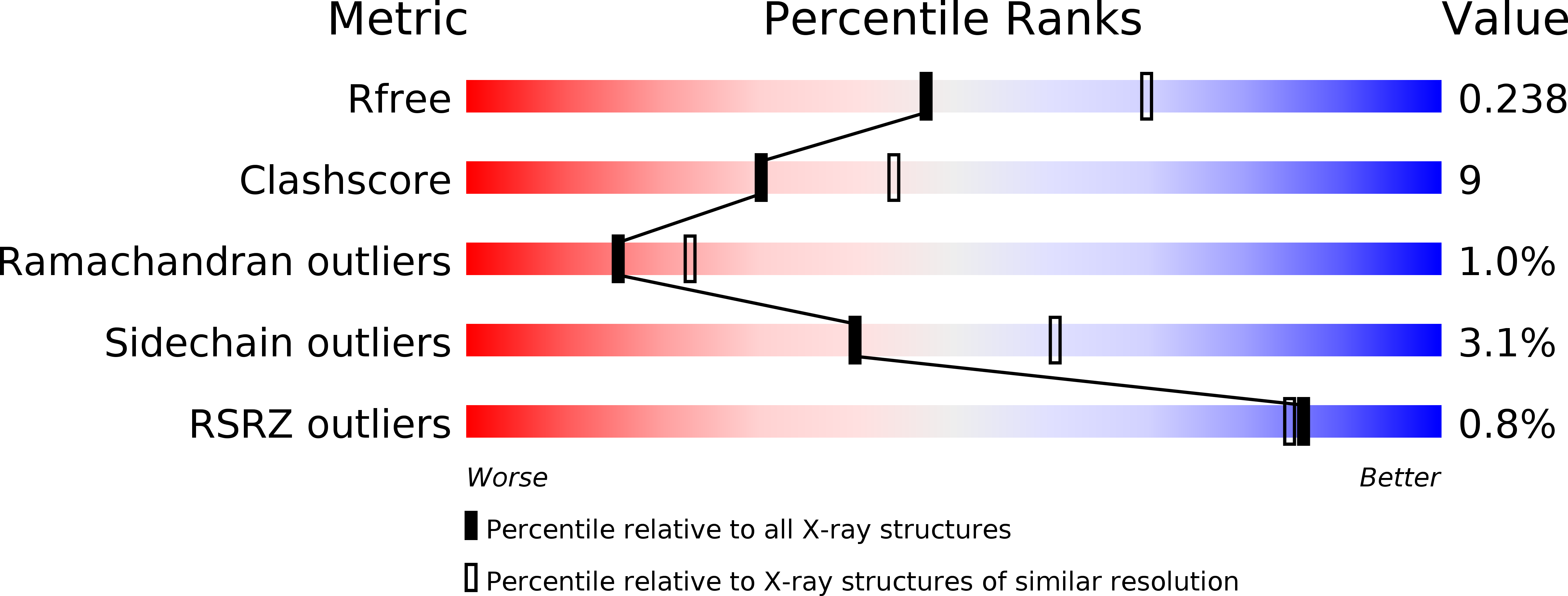
Deposition Date
2018-01-11
Release Date
2018-06-13
Last Version Date
2024-10-16
Entry Detail
PDB ID:
6C4G
Keywords:
Title:
Plasmepsin V from Plasmodium vivax bound to a transition state mimetic (WEHI-601)
Biological Source:
Source Organism:
Plasmodium vivax (Taxon ID: 5855)
Host Organism:
Method Details:
Experimental Method:
Resolution:
2.39 Å
R-Value Free:
0.23
R-Value Work:
0.18
R-Value Observed:
0.19
Space Group:
C 2 2 21


